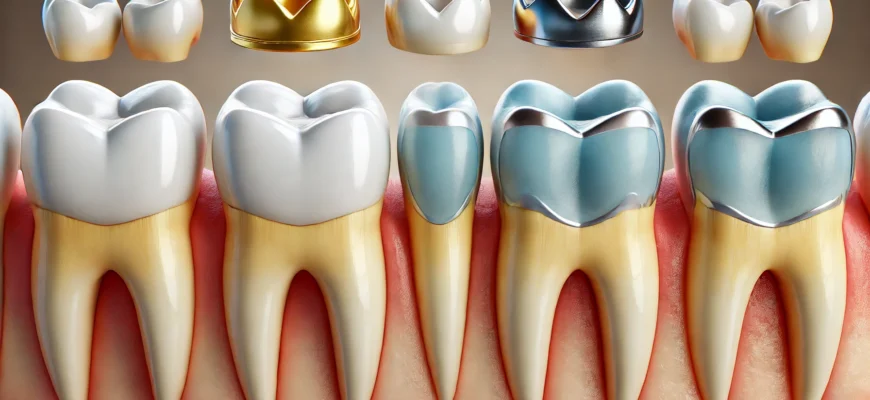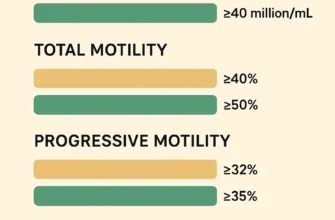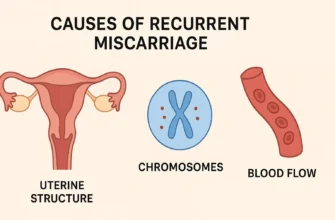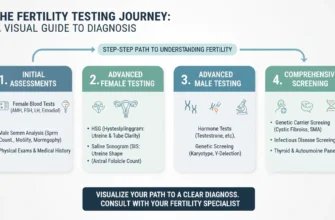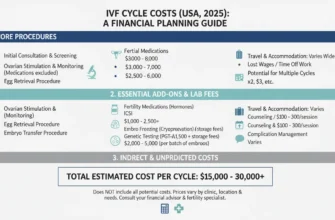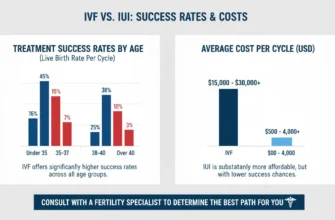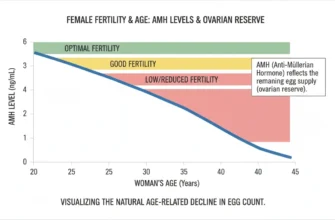Dental Options Demystified: Inlay vs Onlay vs Crown
Transforming Smiles with Precision and Care at Niito.KZ
Dental restorations like inlays, onlays, crowns, and dental implants bridges are the cornerstones of modern dentistry, offering durable and aesthetic solutions for damaged teeth. At Niito.KZ, we specialize in providing tailored dental care, ensuring that every patient walks away with a confident, healthy smile. But how do these options differ, and which one is right for you? Let’s dive in!
Understanding Inlays, Onlays, Crowns, and Bridges: The Basics
What Are Inlays, Onlays, and Crowns?
- What Are Dental Inlays and Onlays?
- Dental inlays and onlays, also referred to as indirect fillings, are indirect restorations crafted in a dental laboratory. Inlays fit into the grooves of a tooth, replacing smaller damaged areas, while onlays cover a larger surface, sometimes extending over the cusps.
- What Are Dental Crowns and Bridges?
- Crowns are caps that fully encase a tooth to restore strength and functionality, while bridges replace missing teeth by anchoring artificial teeth onto neighboring crowns.
- What Are Porcelain Inlays and Onlays?
- Porcelain inlays and onlays offer a seamless blend with your natural teeth, providing a durable and aesthetic solution for restoration.
Difference Between Inlays, Onlays, and Crowns
- What’s the Difference Between Inlays and Onlays?
- Inlays fit within the tooth’s grooves, while onlays extend over the cusps, covering a larger area of the tooth.
- Difference Between Dental Onlay and Crown
- While onlays cover the damaged area of a tooth, crowns fully encase the tooth for comprehensive protection in cosmetic dentistry.
- Difference Between Inlays, Onlays, and Crowns
- Inlays are used for minimal decay, onlays for moderate damage, and crowns for severe structural loss.
Curious about which solution fits your dental needs? Get a free consultation at Niito.KZ!
Comparing Crowns, Inlays, and Onlays: Which Is Right for You?
Onlays vs Crowns: Which Is Better?
- Are Onlays Better Than Crowns?
- Onlays are a conservative alternative to crowns, preserving more of your natural tooth structure. However, crowns may be necessary for severe damage.
- Are Onlays Better Than Fillings?
- Onlays offer better durability and aesthetics than traditional fillings, especially for larger cavities.
- Is a Crown Better Than an Onlay?
- Crowns provide complete coverage and are ideal for teeth with significant structural damage. Onlays are preferred for less extensive restorations.
Cost and Durability: Crowns vs Onlays vs Inlays
- Are Onlays Cheaper Than Crowns?
- Onlays are generally more affordable than crowns because they require less material and preparation.
- Are Onlays More Expensive Than Crowns?
- While onlays may cost less upfront, the price depends on the material (e.g., porcelain vs. gold) and the complexity of the restoration.
- What Are Inlays and Onlays Made Of?
- These restorations are commonly made of porcelain, composite resin, or gold, with porcelain being the most popular for its natural appearance.
What Is Recementation?
- Re-Cementation of Jacket Crowns, Inlays, and Onlays
- If your restoration becomes loose, it can often be re-cemented without the need for a full replacement.
- Re-Cementation of Fixed Bridges
- Bridges that come loose can also be securely reattached to restore function and aesthetics.
Still deciding? Schedule a detailed consultation with our experts to explore the best restorative solution for your teeth!
Get Perfect Dental Restorations: Crowns, Bridges, Inlays, and Onlays
Dental Restorations: Materials and Benefits
- What Are Porcelain Inlays and Onlays?
- These restorations are crafted for superior durability and a lifelike appearance, making them a popular choice for front and back teeth.
- Are Onlays the Same as Crowns?
- No, onlays are partial restorations, while crowns provide full coverage for a tooth.
- Is an Onlay a Partial Crown?
- Yes, onlays are often referred to as “partial crowns” because they restore significant damage without covering the entire tooth.
Advanced Restorative Options
- What Are Single Crowns, Onlays, and Inlays?
- These options cater to varying levels of tooth damage, from minor cavities to severe structural loss.
- Crowns, Inlays, Onlays, Bridges, and Implants
- Whether you need to restore a single tooth or replace multiple missing teeth, we offer a full range of solutions, including implants for a permanent fix.
Final Steps: Choosing Your Treatment
- What’s Better for You: Veneers or Crowns?
- Veneers are ideal for aesthetic improvements, while crowns are better for restoring strength and function.
- What Is a Crown Bridge?
- A dental bridge replaces missing teeth by anchoring artificial teeth onto crowns placed on adjacent teeth.
Ready to transform your smile? Book your treatment today and get a personalized care plan!
At Niito.KZ, we are committed to restoring not just your teeth but your confidence and smile. Whether you’re looking for inlays, onlays, crowns, or bridges, our team of experts is here to guide you every step of the way.
Start your journey today with a free consultation! Contact us at Niito.KZ.
The Process of Applying Inlays, Onlays, and Crowns
When it comes to dental restorations, the process of applying inlays, onlays, and crowns is a critical aspect that ensures successful outcomes. Each type of restoration involves meticulous preparation to provide an effective solution for damaged teeth. Initially, the dentist examines the affected tooth and removes any decay or damage, preparing it for the specific restoration. For inlays and onlays, impressions of the tooth are taken to create a custom-fit restoration that will effectively fill the grooves or cover the cusps on the chewing surface of a tooth, respectively, addressing part of a tooth that might be damaged. The use of high-quality materials ensures that these restorations can endure the forces of chewing while maintaining a natural appearance.
Following the initial appointment, patients will typically return for a second visit to have the final restoration placed. For crowns, the dentist shapes the tooth to fit the temporary crown snugly, ensuring that it restores proper function and aesthetic appeal. The choice of treatment also depends on the extent of damage to the tooth. The crown or onlay is then securely bonded to the tooth using dental cement, providing a robust solution that can withstand the pressures of daily use. This meticulous process not only enhances the longevity of the restoration but also contributes to overall dental health, making it an essential part of restorative dentistry.
When Full Crowns Are Your Best Option
Full crowns are often recommended for patients experiencing significant tooth damage, including a damaged tooth that cannot be effectively treated with fillings or less invasive options like inlays and onlays. In such cases, these situations typically arise when a tooth has extensive decay, severe cracks, or has undergone a root canal treatment. The comprehensive coverage provided by a crown protects the remaining tooth structure and prevents further damage. Moreover, crowns can restore the tooth’s strength, allowing for normal function and appearance.
In cases of substantial tooth damage, especially when cavities have compromised the gum line and tooth’s integrity, a crown serves as a reliable solution. The process involves removing the damaged portion of the tooth and reshaping it to accommodate the crown, ensuring a snug and secure fit. This protective cap not only enhances the aesthetic appearance of the tooth but also restores functionality, allowing patients to chew comfortably. Ultimately, crowns are a vital option for restoring severely damaged teeth, ensuring both health and confidence in one’s smile.
Maintenance of Dental Restorations: Ensuring Longevity
To ensure the longevity of dental restorations such as crowns, inlays, and onlays, proper care is essential. Regular dental check-ups and professional cleanings play a crucial role in maintaining oral health and the integrity of restorations. Patients should also practice good oral hygiene at home, including brushing and flossing daily, to prevent plaque buildup and gum disease, which can affect not only the restorations but overall dental health between dental visits.
In addition to routine care, being mindful of dietary choices can significantly impact the lifespan of dental restorations. Avoiding hard, sticky, or excessively sugary foods can help prevent damage or dislodgement of inlays, onlays, and crowns. By adhering to these maintenance guidelines, patients can enjoy the benefits of their dental restorations for many years while safeguarding their gum health and overall dental well-being.
What are the differences between inlays, onlays, and crowns?
Inlays fit inside the cusps on the chewing surface of a tooth, onlays cover one or more cusps, and crowns encompass the entire tooth. Inlays and onlays are more conservative options than crowns, preserving more natural tooth structure while still offering strength and durability.

